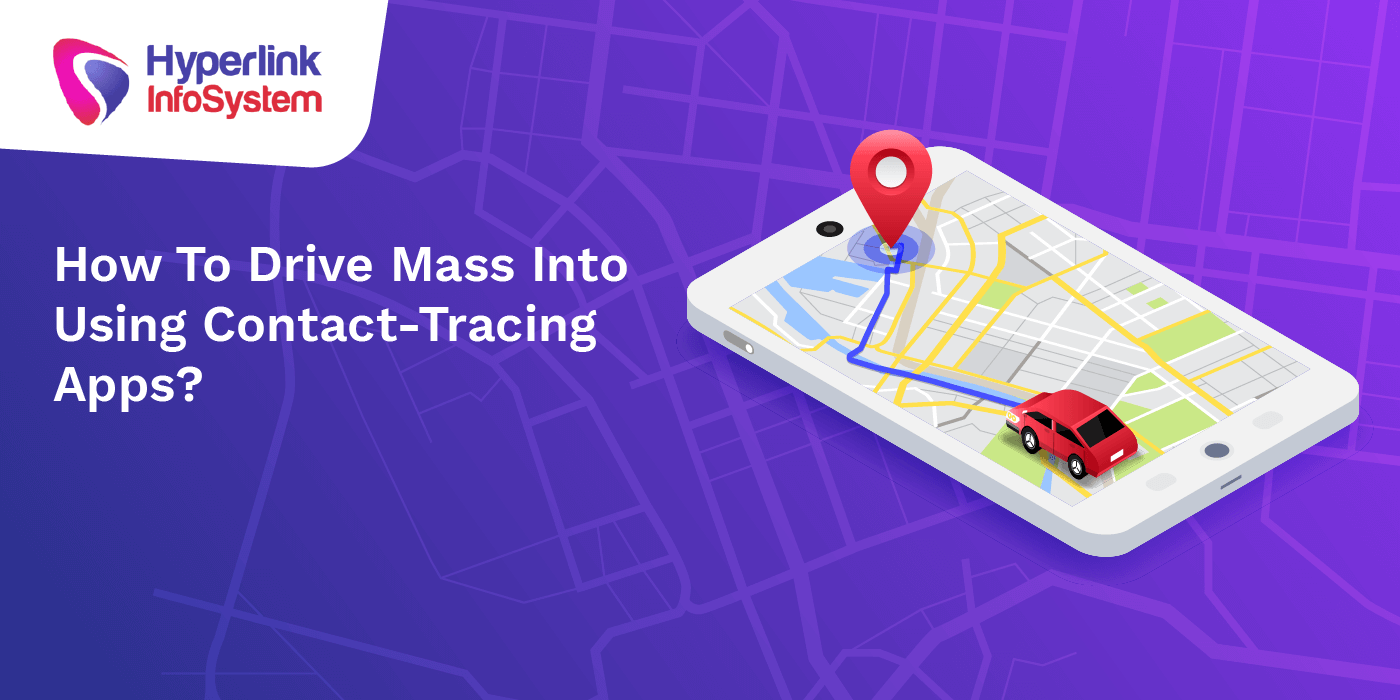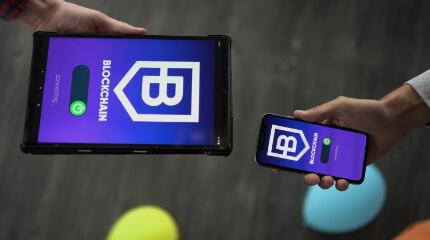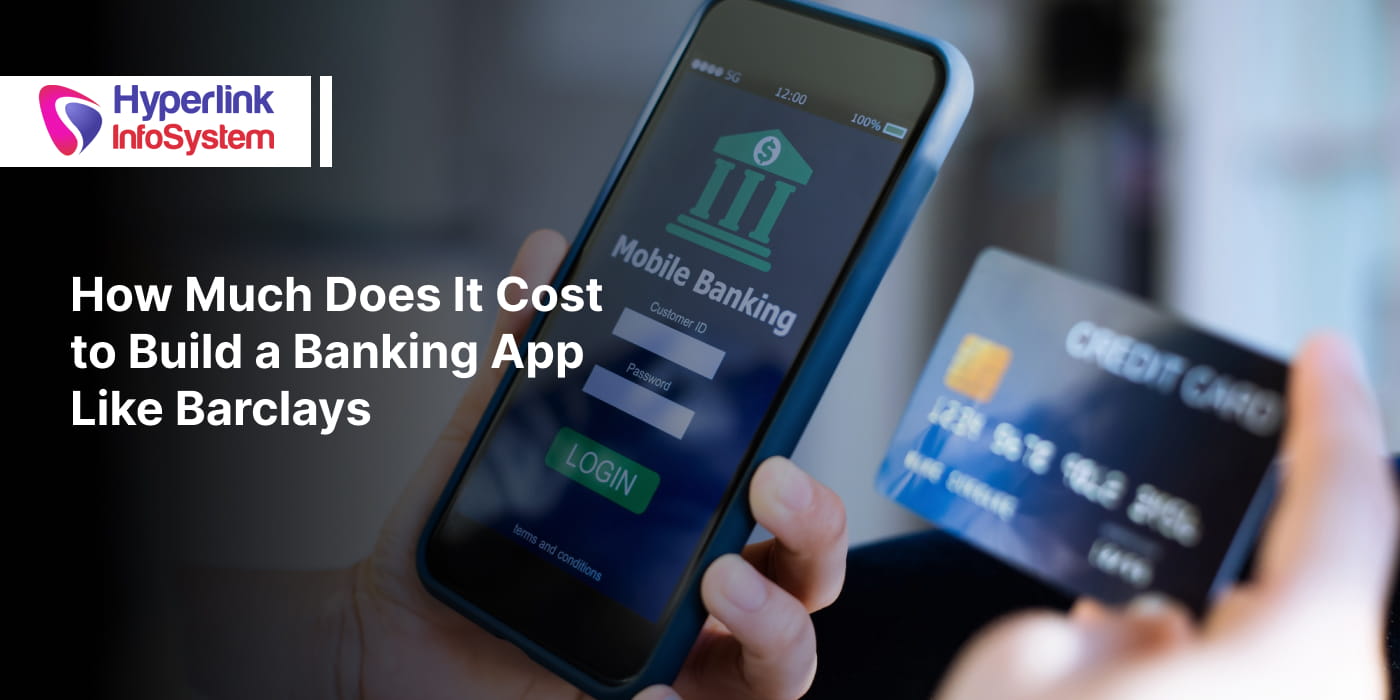Many mobile app platforms fail to attract users or retain them because they fail to keep them engaged. There are some famous examples like iTunes Ping, Webvan, Google+ and Apple’s music social network.
App developers must reconsider how
Covid-19 contact tracing apps are getting created, launched, and scaled; most of the apps will suffer the same fate. Undoubtedly, the government can mandate the civilians to install the app, like it was done in China, but such harsh measures would be hated in at least democratic countries like India and the States.
The platforms can succeed by creating critical mass locally by displaying instant value in small, focused communities such as neighborhoods, families, and offices, and later scaling to provincial and federal levels.
How does it work?
A contact-tracing app can detect with whom the user has been in close contact with and warns all the affected users when any of them updates positive status for infection. A few such apps can alert users if an infected person is closer to them, mitigating possible spread, or even detecting if an infected user is following social-distancing protocols.
Concerns
The main issue is that for it to work correctly, the app needs to be actively used by a vast mass. A robust network characterizes such apps, and their value to any user relies on how many people install the app and use it daily. If only a few users use the app, it is useless, in fact, harmful. Because the apps indications will not be precise and would fail to deliver a sense of security. Experts have assumed that to cease the spread of infection; these apps need to be embraced by a minimum of 60% of the population. Without a large mass using it, such apps are worthless.
Another problem is privacy concerns. This presents a considerable challenge in adopting such apps. The higher the user confidentiality is secured, the more people will adopt it. But the irony of the situation is that more privacy protections limit the effectiveness of these apps.
For instance, it would be excellent if users knew that the person they are planning to meet was infected. However, many nations have considered not disclosing this functionality to safeguard an individual’s privacy, making it risky too.
What can be done to adopt contact-tracing apps?
One approach is to make it compulsory to use the app like China, but this is not feasible in most nations where adopting such apps is voluntary. For instance, the Singapore government promised that the adoption of such an app would be optional, and they would respect citizen’s privacy; only 35% of the crowd are using the app. Iceland is also having less than 40% of the population to adopt the app. The adoption rates have been lower even in other European nations.
This is why it is essential to launch these platforms effectively to weather such problems.
At times, it is even more essential than the platform’s R&D, design features, marketing investments, or overall strategy. Try to launch the app in a highly focused manner, and not to everyone. Just target a small community, ensure wide local adoption, generate engagement, create critical mass, and slowly scale from there. Sometimes, a counterintuitive launch strategy works the best.
Facebook adopted the same strategy for its launch. It initially targeted Harvard, later played in college areas, expanded to individual firms, and then launched the product worldwide when a critical mass was achieved. In contrast to this, Google introduced Google+ for all Gmail users and failed to reach critical mass with millions of customers. Hence, without a focused launch technique, even the tech giants fail.
The event goes for Covid-19 contract tracing apps. Instead of introducing them indiscriminately for all the users, the
app development companies in India should launch it in a highly focused manner. For instance, they can target families, religious communities, schools, workplaces, restaurants, hotels, trains, airports, and many more. After small towns grab the attention successfully, it can be scaled upwards then.
Many stakeholders and communities have a high interest in detecting the infection and putting an end to it because that could mean reopening schools, colleges, workspaces, and other places. A few communities could forcefully compel adoption, while others could motivate users to use the apps. For instance, UBI Banca, a bank in Italy, has made it compulsory for its staff to use UBISafe, its contact-tracing app.
The contact-tracing apps must be developed by app development agency to provide value to the targeted communities who install it. One way to create value for the users is to deliver information on the local spread of the virus, so the individuals understand the risks. Another way is to add a symptom-tracking function so people can enter their symptoms and get advised to seek medical assistance.
However, the most efficient method is to be able to detect as many contacts as possible. The initial step is the Apple/Google protocol, an outcome of Apple and Google’s collective efforts to develop the most privacy-focused benchmark for contact-tracing apps. When a user installs a contact-tracing app, it would inform them about the contacts who have installed the app before.
Last but not the least, it is crucial to manage users’ expectations to drive the adoption of these apps. The chances of adoption are higher if their expectations are met, such as getting tested quickly, and without extra costs, they should get notified if they get exposed to the virus. A commitment by a nation’s national health service, or a community to render individuals using the app with fast, economical testing might drive rapid adoption and app usage.
Conclusion
Contact-tracing apps have the potential to put an end to the pandemic if adopted by mass. All required is a massive, meticulously coordinated strategy between local communities and national governments, highlighting systematic, focused, domestic adoption and immediate impact. With scalable testing capacity and a logical, considerate approach to the tradeoffs between health & privacy, contact tracing apps can be a beneficial tool to bring the infection under control.

























